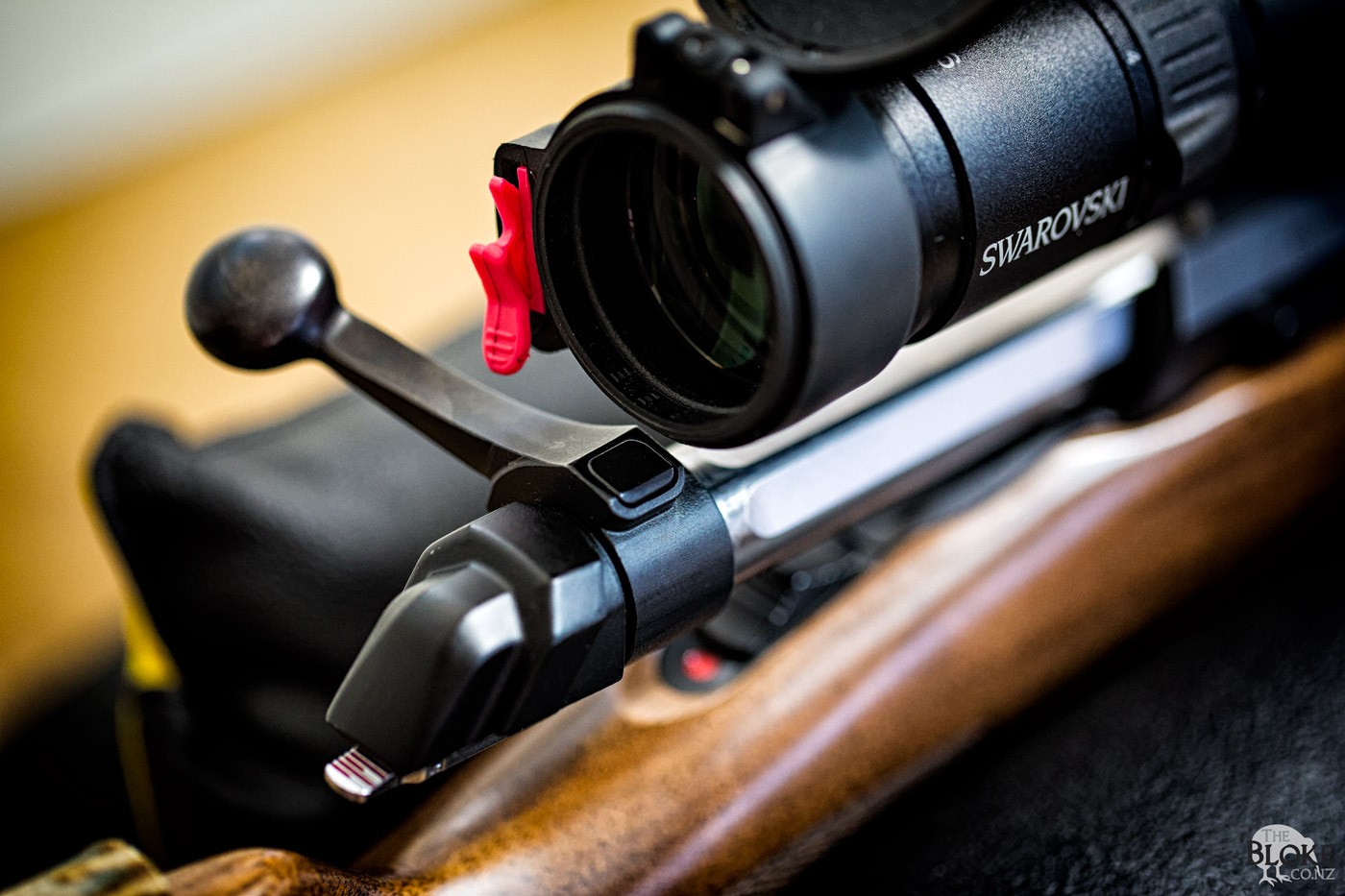I got this question recently, and it’s one of my little bugbears about MOA.
Oh, I can hear the cries of derision already. So just chill. I am not bagging MOA on the whole, but in modern times, with modern ballistic calulators, using math, that works in decimals…
A quick primer on MOA
So, MOA, like MILS, MilRad or various other names, is an angular measurement that we use within our scope systems in order to align our magnified optics with our projectile path in order to hit things out to distance.1.
Many hunters and, erm, older folk, will be used to MOA, or might have only ever used MOA – it’s the default, common term – MOA is a common way of describing the precision of a firearm – “the gun shoots 1 moa all day long” – generally, used in that way, it means it shoots a group under 1 inch in size at 100 yards.
MOA, when implemented on most scopes, is set up that every four clicks, results in the scope being adjusted 1 MOA. Another way of looking at it, is that each ‘click’ is a 1/4 MOA. Sure, some scopes have 1/8 MOA adjustment, but I am picking 99.9% of you have never used, or even seen one2.
Traditionally, when zeroing a rifle, it was a case of set and forget. It’s only relatively recently that people have begun to regularly dial their holdover3. The process was (basically) – shoot on a piece of paper at 100 yards, and each ‘click’ on the MOA scope would move the impact a 1/4 inch. Line the reticle and the impact up, and you are good to go!
Enter the Ballistic Calculator
However, many ‘long-range’ shooters are now using a ballistic calculator on their phone to give them the drop or holdover information they are then dialling into a scope with a target or exposed turret, in order to stretch out and shoot further.
These calculators, oddly enough, use a decimal, instead of a fractional method of representing this adjustment, and often, presents it in a might higher level of precision that the shooter or the equipment can actually adjust to.
So, for the example in the title (and one I recently got asked over the phone) – the shooter was given a correction by his app of 3.72 MOA.
If we do some quick fractional division – we know that 1/2 = .5 but 3/4 = .75
That means we can only dial 3.5 or 3.75 – what are we to do!
Simple. Round. In that particular case, I would likely round up and forget about it, because no-one I know can actually shoot down to a resolution of .03 MOA anyhow.
We do actually get the same thing with MIL – as some calculators are giving us a solution with two decimal places, and, thinking in simple terms – MIL on most scopes only gives us one decimal – i.e. .1 MIL per click.
Don’t just use clicks
What I suggest, you don’t do, is set up your ballistic calculator to just give you a result in clicks.
Yes, in theory, it’s simpler – but – much like standing on a firing line with guys giving ranges without telling you if it’s in meters or yards, it leaves out an important part of the communication (and thinking) that should be involved in the long range, precision shooter we are doing.
Much like if you are spotting for someone, don’t tell them ‘2 clicks up’ – stop, think about it, and tell them the unit of measure as well – because 1/2 MOA and .2 MIL are both two clicks on both scopes, but are very different corrections.
I am getting sick of having to provide so much context for people, but will have to – we are talking long range shooting, with magnified optics, yes, I am aware that’s not the only use for MOA or angular measurements in shooting – this is a simplified use of the term ↩
including myself ↩
the adjustment to shoot out further ↩






